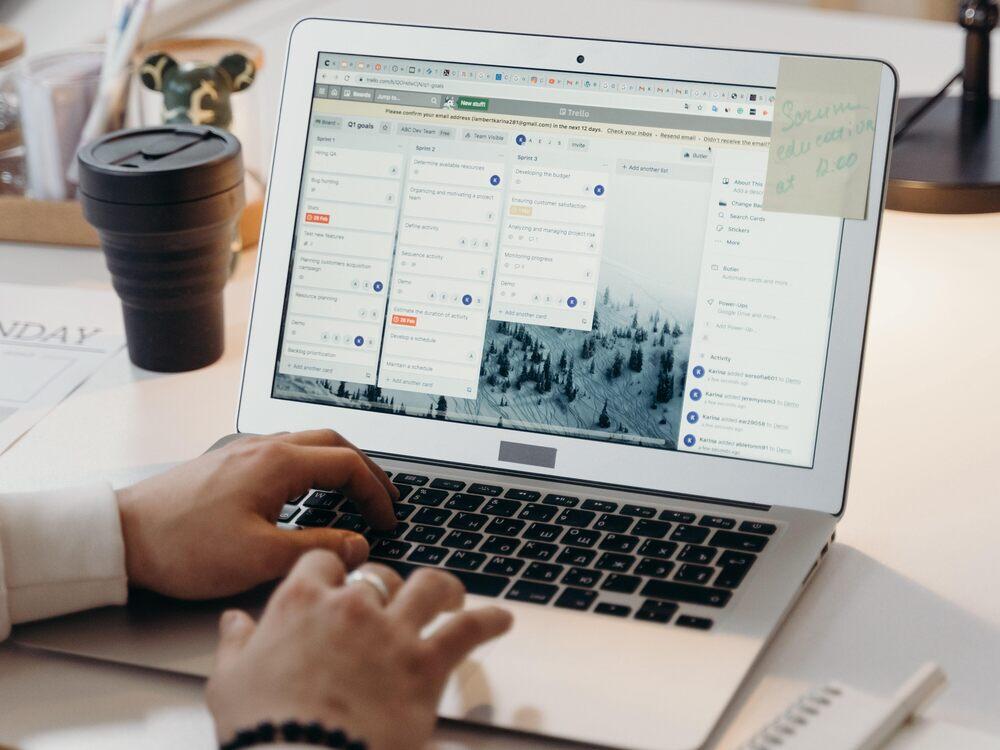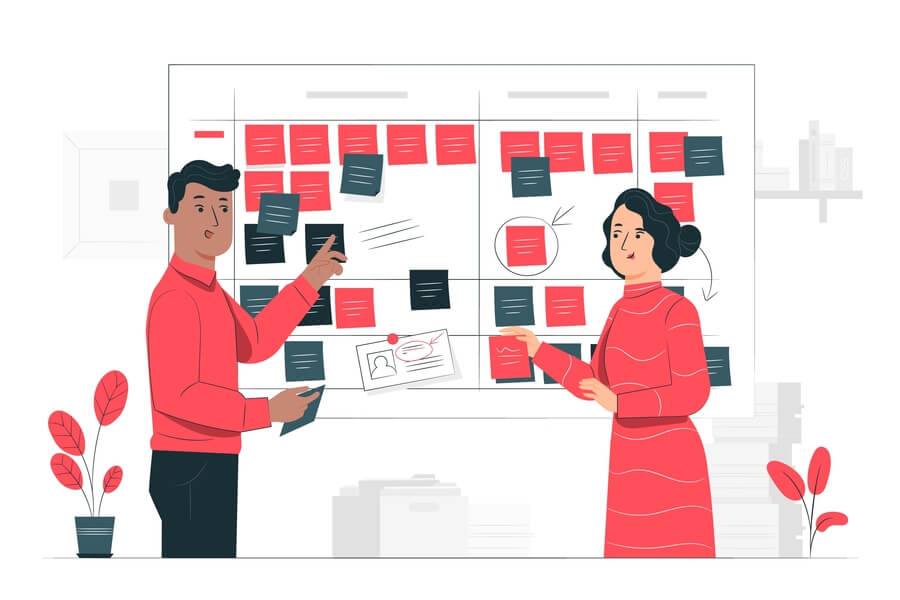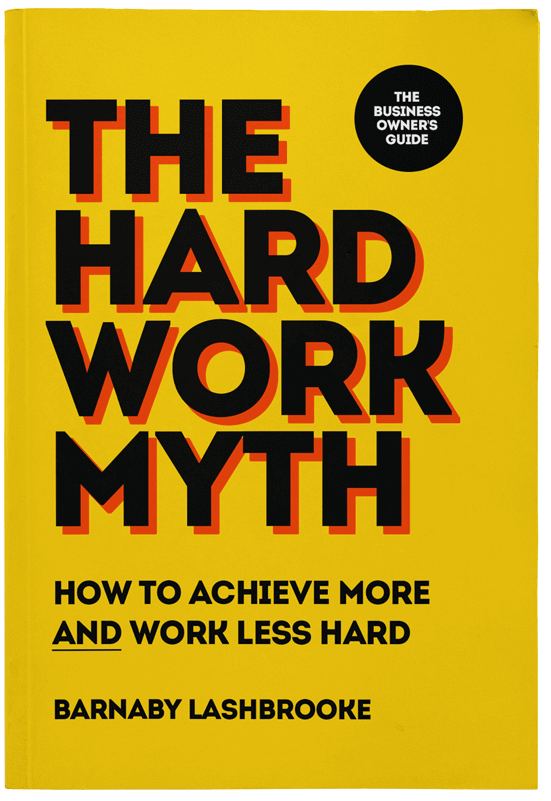Want to get more done? You’re not the only one. The pandemic has disrupted our lives and left us scrambling to build new routines, deal with extra responsibilities, and stay on top of all tasks.
Even before the pandemic, people were struggling to cope. In a survey carried out by HBR with over 35,000 leaders in over 100 countries, researchers found that competing priorities, general distractions, and overwhelming workloads were among the major obstacles to getting things done. Naturally, these issues have led people to find solutions to organize their work and deal with tasks more efficiently. Here’s where the best organization apps of 2023 can be a game-changer.
Productivity methods have been around long before smartphones—the Pomodoro Technique, the Eisenhower matrix, journaling, creating to-do lists… However, not all methods work for everyone. Give these productivity apps a try to find out what works for you and start getting things done.

The Best Organization Apps Of 2023 For Productivity
With so many options, you’re bound to find the perfect productivity app for your lifestyle and goals. Alternatively, you can build your stack by connecting apps via native integrations or third-party services like Zapier.
Here are some of the best organization apps to get more productive in 2023.
Time-tracking apps
The first step to boosting your productivity is finding out how you spend your time. And this free, open-source activity tracker tells you exactly that.
It shows you at a glance which websites and applications you’ve used, helping you find time-wasters and estimate how long projects take to complete. It’s as easy as installing it and letting it run in the background.
Privacy-conscious users will appreciate that this solution stores all data locally and never leaves their devices.
Platforms: Windows, Mac, Linus, Android.
Price: Free.
If what you’re looking for is a simple but robust time tracker, Toptracker is a fantastic option.
Built by renowned freelance network platform Toptal, this time-tracking app is a fully-fledged solution with in-depth reports, invoice generation and payment reception with Payoneer, and activity level tracking.
Platforms: Windows, Mac, Debian.
Price: Free.
Distraction-blocking apps
Cold Turkey is a distraction-blocking app almost impossible to bypass, freeing you from distractions and allowing you to focus on your work whenever you need it.
The best thing about Cold Turkey is its flexibility. You can create as many lists of blocked websites and apps, or ‘blocks’ as you like, and set up schedules for each one. It also has different locks, allowing you to choose how hard it is to unblock the list.
And if you’ve found yourself on your computer way past your bedtime, the Frozen Turkey option shuts down your computer at a specific time for you.
Platforms: Windows, Mac.
Price: Free with limited functionality, one-time payment lifetime access for $39
Phones can be serious distractions, too. A 2017 survey shows Americans spend over five hours per day on their smartphones. This doesn’t just affect productivity. It also drains our attention. Giving up your smartphone entirely might not be practical, so solutions like App Block are a perfect middle ground.
This app helps you reduce your screen time in different ways. You can set up quick block periods, create blocking rules for several app profiles based on day and time, location, and daily usage limit, and use the strict mode to prevent you from deactivating blocks when you most need them.
Platforms: Android, iOS
Price: Free with limited functionality, monthly subscriptions starting at $2.99.
Task management apps
ClickUp promises to replace your tools with an extensive set of functionalities to manage all your tasks—communication, collaboration, file sharing, you name it. Some of its coolest features are embedding (not just linking) Google documents and creating your documents within each task.
With its wide range of integrations, you can easily make it part of your stack by connecting it with other solutions.
Platforms: Web app, Windows, Mac, Android, iOS.
Price: Free for personal use, paid plans starting at $5.
Trello is a popular Kanban board to keep your personal and work projects organized.
What makes Trello popular is its flexibility. You can customize your boards to make them as simple or as complex as needed, allowing you to manage any project — from software development to holiday planning. One interesting functionality is its automated integration, Butler, which takes care of repetitive tasks to streamline your workflow and save you time.
Platforms: Web app, Windows, Mac, Android, iOS.
Price: Free for personal use, paid plans starting at $10.

This project management software combines a simple, user-friendly UI with powerful task management capabilities to handle even the most complex projects. If your task trees are too complicated for a spreadsheet or too broad for a board, Quire does the job of keeping priority tasks on sight, breaking down big tasks into smaller ones, and tucking away what needs to be done later to avoid anything slipping through the cracks.
Platforms: Web app, Android, iOS.
Price: Free.
If you’re looking for a middle ground between a simple to-do list and a project management tool, Omnifocus is a fantastic option.
This powerful to-do list app takes task management one step further with location-based tasks, weekly reviews and custom task groupings.
Platforms: Mac, iOS.
Price: 14-day free trial, monthly and yearly subscriptions starting at $9.99, one-time license payment at $99.99.
Can’t keep up with chores? A messy house and keeping track of the family’s housework can be stressful. That’s where Sweepy comes in.
Sweepy breaks down chores and organizes cleaning schedules for yourself or your family. It’s very simple—add all the chores you need to do in each room to keep it tidy, and Sweepy suggests a cleaning schedule according to your or your family’s availability each day of the week.
Platforms: Android, iOS.
Price: Free with limited functionality, subscriptions starting at $2.99.
Overwhelmed by email? This browser add-on does more than CRM. It helps you manage any project from your email—from job hunting to customer service.
It sets up workflows within your Gmail inbox, making it easier to keep track of conversations, schedule follow-ups, and keep track of all your communication. Pair it with custom Gmail filters to stay on top of your inbox.
Platforms: Browser add-on for Chrome and Safari.
Price: Free with limited functionality, subscriptions starting at $15.99.
Note-taking apps
A new note-taking app that combines a barebone, functional design with optional plugins to make it work as you need. It boasts 20 core plugins and over 200 community plugins, making it fully customizable.
What sets Obsidian apart is its graph view, which allows you to filter results establishing connections between your files.
Even if you don’t take advantage of the plugins, it provides a distraction-free environment to write and take notes, ideal for writers, academics, and programmers.
Platforms: Mac. iOS and Android apps are only available as private betas.
Price: Free with limited functionality. Personal and business licenses start at $25, and add-on subscriptions start at $4.

Looking for a simple but functional note-taking app without distracting blows and whistles?
Dynalist keeps your notes and work organized with a user-friendly yet robust deck of features that lets you write right away without having to tweak templates or formatting.
Regular users will love its no-nonsense interface, the ability to tag, bookmark, and cross-link notes for easy access, and its browser extensions to capture information directly into Dynalist. Power users will make the most out of its Markdown capabilities, including code and LaTeX, and its collaboration features.
Platforms: Web app, desktop apps for Windows, Mac, and Linux, and mobile apps for iOS and Android.
Price: Free with limited functionality, subscriptions starting at $7.99.
Agenda does things a little differently. It organizes your notes in a timeline, with the ability to link them to events in your calendar. It’s a fantastic choice to organize to-do lists, take meeting notes, and work on projects with a set deadline. The "On The Agenda" section keeps your most important notes and task at the top, making sure you miss nothing.
Platforms: Mac, iOS.
Price: Free, optional in-app payments for extra features.
We’ve mentioned plenty of text-based note-taking apps, but Milanote can be a game-changer for people who’d love to organize many media for personal or professional projects.
Milanote lets your group text, images, videos, and links in one place as drag-and-drop elements in visual boards. Its most obvious application is creative work, but it offers dozens of templates to manage all kinds of projects — from content calendars to mind maps and even plain note-taking.
Platforms: Web app, desktop apps for Windows and Mac, Android, iOS.
Price: Free plan with up to 100 notes, paid plans starting at $9.99.
“Productivity isn’t about doing more things—it’s about doing the right things.”
― Chris Bailey, The Productivity Project: Accomplishing More by Managing Your Time, Attention, and Energy
The best organization apps are those that work for you and address all your needs. With so many options in the market, you might need a bit of trial and error to find the stack that works for you.
However, these options are a great starting point to discover the best productivity apps of 2023 and what they can do to help you work smarter, not harder.










